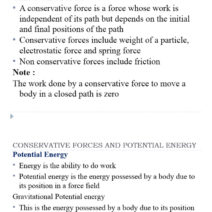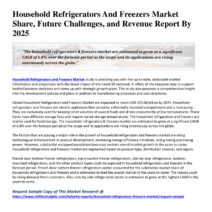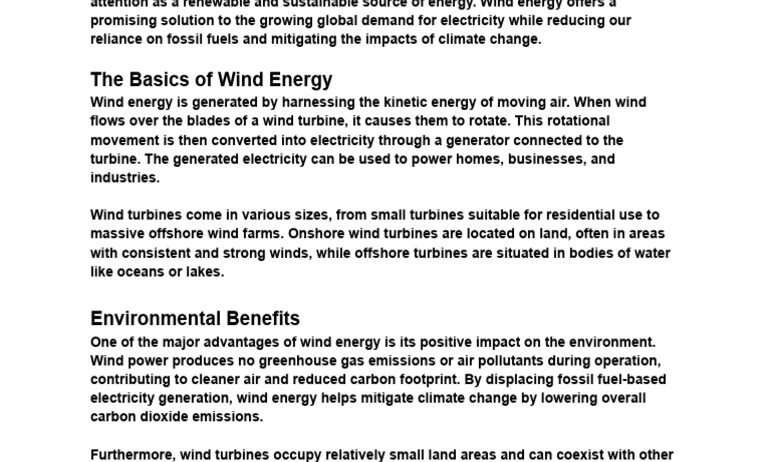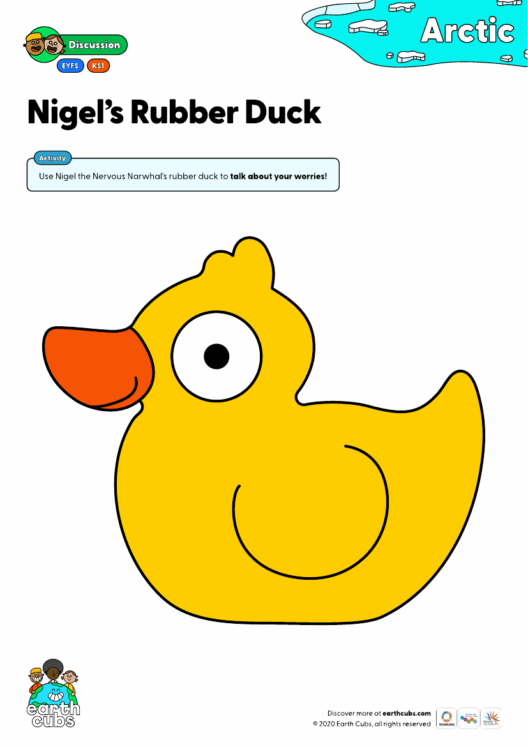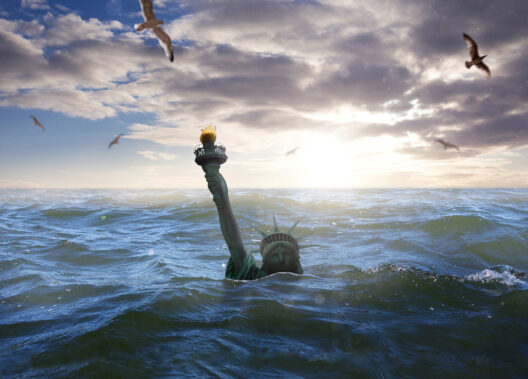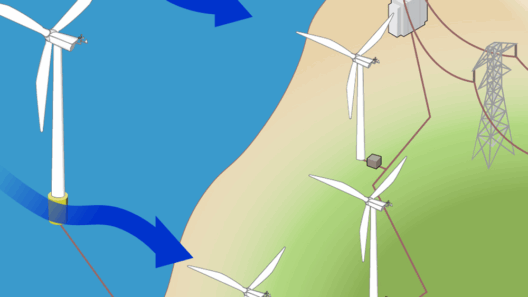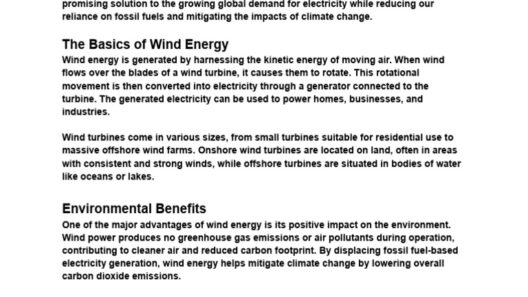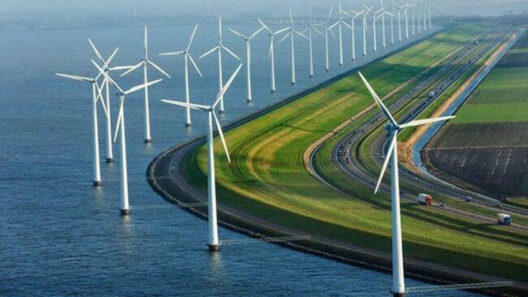Wind energy has emerged as a beacon of hope in our quest for sustainable energy sources. Yet, have you ever paused to wonder how that crisp breeze we feel on our skin can be transformed into electricity? Understanding the intricate process behind wind energy production can illuminate our appreciation for this renewable resource. Let’s embark on a journey to explore how wind is harnessed to produce power, with a keen eye on the challenges and innovations within the industry.
The Basics of Wind Energy Generation
At its core, wind energy generation involves converting the kinetic energy of moving air into electrical power. Wind, a natural phenomenon caused by the uneven heating of the Earth’s surface by the sun, flows due to pressure differences in our atmosphere. As air moves from high-pressure areas to low-pressure zones, it creates wind.
These gusts of wind possess the potential to generate significant amounts of energy. But how do we convert this invisible energy into usable electricity? The answer lies in wind turbines, which are critical components of modern wind farms.
Wind Turbines: The Converters of Kinetic Energy
Wind turbines are engineering marvels that capture the wind’s kinetic energy. Equipped with large blades, these turbines rotate when wind passes over them. The blades are typically designed in an asymmetrical shape that ensures they catch the wind effectively. As they rotate, they spin a rotor connected to a generator housed within the turbine.
But the process doesn’t stop there. The rotor’s motion generates mechanical energy, which the generator then converts into electrical energy through electromagnetic induction. This phenomenon occurs when a conductor, such as copper wire, moves through a magnetic field. Interestingly, the efficiency of this conversion can be influenced by various factors, including wind speed, turbine design, and air density.
However, the fun does not end with merely producing energy; the interplay between wind speed and energy output presents a whimsical challenge. Consider this: if a gentle breeze glides through, how much electricity can be harnessed compared to a robust gale? Understanding this variable is essential for maximizing energy production in wind farms, which leads us to our next discussion point.
Understanding Wind Speeds: A Balancing Act
Wind turbines are designed to operate optimally within specific wind speed ranges. The threshold at which they begin producing electricity is called the cut-in speed. This speed typically hovers around 3 to 4 meters per second. Conversely, turbines have a cut-out speed, usually between 25 to 30 meters per second, allowing them to safely shut down to prevent damage from excessive winds.
This once again poses a playful question: how do wind farm operators predict and manage these ever-changing wind patterns? They rely on meteorological data and sophisticated technology. By analyzing wind patterns and speeds over time, operators can strategically position turbines in areas with consistent and favorable wind conditions, thereby optimizing energy production.
Site Selection: The Art of Finding the Perfect Location
In the quest to harness wind energy efficiently, site selection has emerged as a critical factor. But what makes one location better than another? Geographical features, such as hills, mountains, and open plains, significantly influence wind patterns. Coastal areas often exhibit strong and consistent winds, making them prime candidates for wind farms.
However, the ease of accessing these sites does not come without its challenges. Environmental considerations, land use, and community acceptance play significant roles in the planning stages of a wind project. Striking a balance between harnessing renewable energy and protecting local ecosystems requires diligence and innovative thinking. Engaging stakeholders and promoting dialogue can transform resistance into support, fostering a community-oriented approach to wind energy production.
The Role of Technology in Advancing Wind Energy
Advancements in technology have propelled wind energy production into a new era. Modern wind turbines boast larger blades, taller towers, and advanced materials, all of which improve their efficiency and energy output. Furthermore, smart technologies have paved the way for predictive maintenance, allowing wind farms to operate more reliably while reducing downtime.
From the incorporation of IoT devices that monitor turbine performance to sophisticated software that can predict wind patterns, innovation continues to drive the wind industry forward. Nonetheless, each new technological stride presents its own set of challenges. As we endeavor to improve efficiency, how do we ensure that the environmental footprint of these innovations remains minimal?
The Future of Wind Energy: Challenges and Opportunities
Despite the remarkable growth of wind energy, significant challenges remain. Integration into existing power grids, energy storage solutions, and policy support are all critical components that need addressing to ensure a sustainable future for wind energy. Additionally, the intermittent nature of wind presents a hurdle in maintaining a consistent energy supply.
Yet, within these challenges lies a plethora of opportunities. As we continue to innovate and invest in renewable energy, the potential for economic growth, job creation, and reduced carbon emissions becomes increasingly evident. Promoting public awareness and education about the benefits of wind energy can further galvanize support for this clean energy source.
In conclusion, harnessing the power of wind for electricity is a multi-faceted endeavor that blends science, engineering, and community involvement. By understanding the intricacies of how wind energy is produced and the challenges we face, we can create a sustainable future that resonates far beyond our individual efforts. The wind is not just a passing gust; it is a formidable ally in our fight against climate change. So, what role will you play in this transformative journey?

